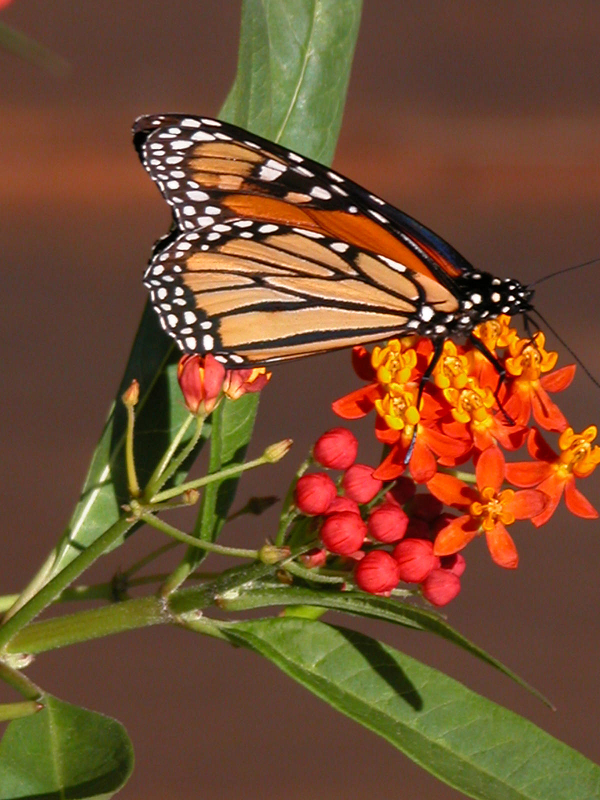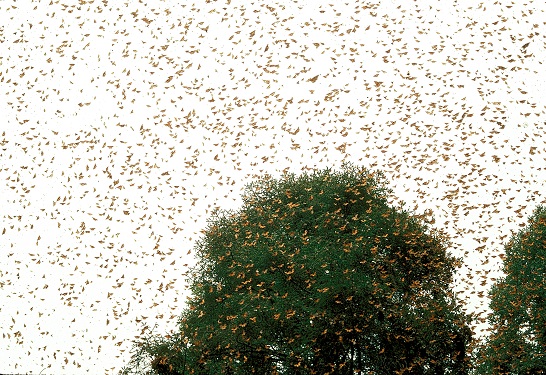Citizens Monitor Monarchs
Tuesday, January 23rd, 2018This is Passport to Texas
Why are monarch butterflies declining?
The current thought is that it is actually several different factors that are contributing to the decline that we’re seeing.
Ben Hutchins is TPW’s invertebrate biologist. Deforestation of their winter roosts in Mexico, cold winters, and prolonged drought along their migration path, has had negative effects.
And then, finally, what this project is addressing is this widespread decline in availability of milkweed plants. That’s due to a couple things: predominantly increased use of certain herbicides.
Texas Milkweeds and Monarchs is a citizen science project where folks keep an eye out for the state’s 37 different species of milkweeds –vital to the monarch’s lifecycle – and then then share observations on iNaturalist.org.
We have experts that are going to be looking at these observations and identifying those.
Hutchins says more than a thousand contributors have logged more than seven thousand observations of all 37 milkweed species. Texas Parks and Wildlife also has guide to Texas milkweeds to help you ID the plants.
It is available online, [with] pictures of all of the different species of milkweeds, distribution maps—to let you know if you’re in the right part of the state—and also some of the key characteristics.
Find it on the Nature Trackers page of the Texas Parks and Wildlifewebsite.
The Wildlife Restoration program supports our series.
For Texas Parks and Wildlife…I’m Cecilia Nasti.





 Passport to Texas is a
Passport to Texas is a  Passport to Texas is made available by:
Passport to Texas is made available by: